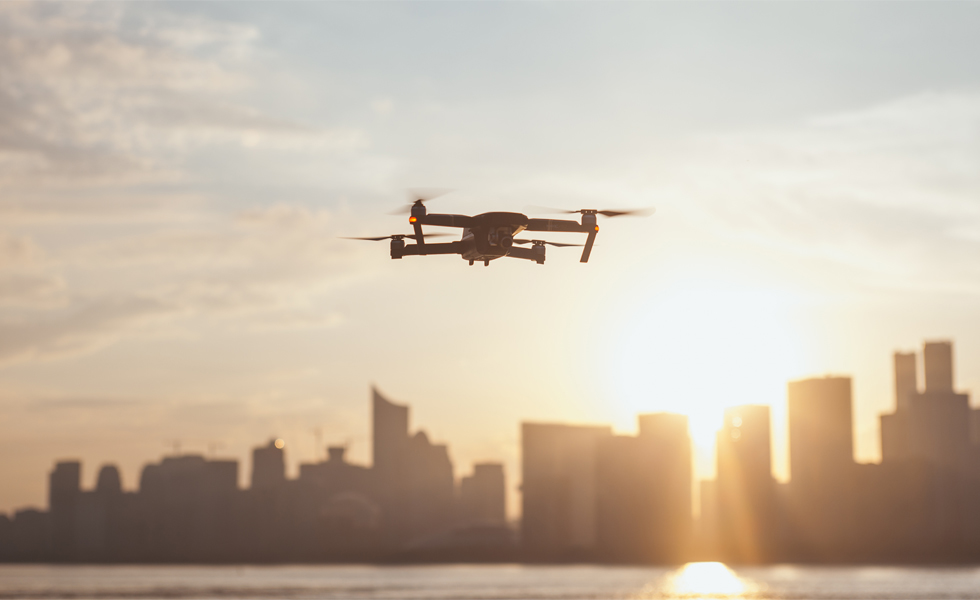
As the global aviation and transportation sectors seek sustainable solutions to reduce carbon emissions and operational costs, photovoltaics (PV) have emerged as a transformative technology for low-altitude aviation. This renewable energy source is increasingly integrated into unmanned aerial vehicles (UAVs), urban air mobility (UAM) vehicles, and other low-altitude flight systems, offering unique advantages while driving innovation in the burgeoning low-altitude economy.
Role of Photovoltaics in Low-Altitude Aviation
1. Extended Flight Endurance
Solar panels installed on low-altitude aircraft, such as drones or electric vertical takeoff and landing (eVTOL) vehicles, enable continuous energy harvesting during flight. This reduces reliance on battery power alone, significantly extending mission durations. For example, solar-powered UAVs used in environmental monitoring or agricultural surveys can operate for days without landing, outperforming conventional battery-powered systems.
2. Weight and Efficiency Optimization
Advances in lightweight, flexible photovoltaic materials (e.g., perovskite or thin-film solar cells) allow seamless integration into aircraft surfaces without compromising aerodynamic performance. This minimizes the trade-off between energy generation and payload capacity.
3. Hybrid Energy Systems
Photovoltaics complement battery or hydrogen fuel cell systems, creating hybrid energy architectures. Solar energy can recharge batteries mid-flight or power auxiliary systems (e.g., sensors, communication devices), enhancing overall efficiency.
4. Emission-Free Operations
Solar energy eliminates greenhouse gas emissions during flight, aligning with global decarbonization goals. This is particularly critical for urban air mobility, where low-noise, zero-emission vehicles are essential for public acceptance and regulatory compliance.
Advantages of Solar-Powered Low-Altitude Aviation
Cost Reduction: Reduced fuel and battery replacement costs lower operational expenses over time.
Resilience: Solar-powered systems are less dependent on ground-based charging infrastructure, enabling operations in remote or disaster-stricken areas.
Scalability: Modular solar designs allow customization for diverse applications, from small delivery drones to large surveillance platforms.
Sustainability: Aligns with ESG (Environmental, Social, Governance) criteria, attracting investment and policy support.
Photovoltaics in the Low-Altitude Economy
The low-altitude economy—encompassing drone logistics, aerial inspections, emergency response, and urban air mobility—is projected to exceed $1 trillion by 2040. Photovoltaics play a pivotal role in this ecosystem:
1. Drone Delivery Networks
Solar-enhanced drones can expand last-mile delivery services to rural or off-grid regions, reducing logistics costs and enabling 24/7 operations. Companies like Zipline already use solar-powered drones for medical supply deliveries in Africa.
2. Precision Agriculture
Solar UAVs provide farmers with affordable, long-duration aerial imaging for crop monitoring, irrigation management, and pest control, boosting agricultural productivity.
3. Disaster Management
Solar-powered drones offer persistent surveillance and communication support during wildfires, floods, or earthquakes, where traditional infrastructure may be damaged.
4. Urban Air Mobility (UAM)
eVTOL vehicles with integrated solar panels could reduce energy costs for air taxi services, making urban air transport economically viable. For instance, solar-assisted charging at vertiports could lower grid dependency.
5. Environmental Monitoring
Governments and NGOs deploy solar UAVs to track deforestation, wildlife migration, and pollution levels, supporting climate action initiatives.
Challenges and Future Outlook
While photovoltaics offer immense potential, challenges remain, including energy density limitations, weather dependency, and regulatory hurdles. However, breakthroughs in tandem solar cells, energy storage, and AI-driven energy management systems are accelerating adoption.
Policymakers and industry leaders must collaborate to establish standards for solar-aircraft integration, incentivize R&D, and expand infrastructure (e.g., solar-equipped vertiports). As technology matures, solar-powered low-altitude systems will become a cornerstone of sustainable aviation and a catalyst for inclusive economic growth.
Photovoltaics are reshaping low-altitude aviation by enabling cleaner, cheaper, and more resilient flight operations. Their integration into the low-altitude economy not only addresses environmental concerns but also unlocks new business models and services. By harnessing the sun’s energy, the sky is no longer a limit—it’s a sustainable frontier.
